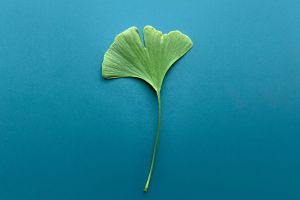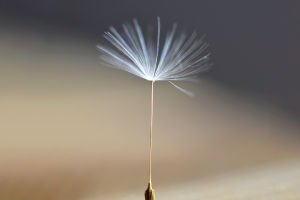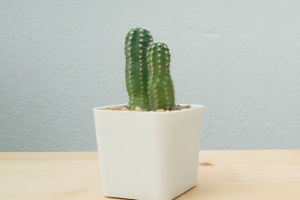Moth Orchids: Nature’s Art
Moth orchids are named for their flowers that resemble flying moths.
Known for their elegant posture and bright colors, this plant has become one of the most popular ornamental flowers in the world.
Moth orchids are native to tropical areas of Southeast Asia, especially in the rainforests of the Philippines, Indonesia, and Malaysia. They prefer warm and humid environments, are highly adaptable, and can grow on tree trunks, rocks, and even in the air.
The flowers of moth orchids are unique in shape, usually with five petals, of which the lip petal below is particularly prominent, and the colors are varied, ranging from pure white, and light pink to purple-red.
Their flowering period is relatively long, generally lasting for weeks or even months, which is one of the reasons why they are favored by florists.
Moth orchids symbolize beauty, nobility, and love, and are often used for decoration at weddings, festivals, and various celebrations. In the flower market, they are also a very popular gift choice.
In the natural environment, moth orchids are mostly epiphytes. They cling to tree trunks or rocks and absorb water and nutrients through moisture in the air and cracks in the bark.
This way of survival allows them to adapt to the environment of tropical rainforests and flexibly adjust their physiological needs between rainy and dry seasons.
Under artificial cultivation conditions, moth orchids are usually planted in special orchid pots, using well-ventilated media such as moss, bark, and coconut shells.
They have certain requirements for light and usually prefer soft scattered light, strong sunlight can easily burn the leaves, and insufficient light will make it difficult for the flowers to open normally.
The cultivation of moth orchids is not difficult, but it also requires certain skills. They like a high-humidity environment and usually need to spray water regularly to keep the air moist. Proper ventilation is also important to avoid water accumulation and root rot.
The frequency of watering needs to be flexibly adjusted according to changes in climate and environment. It is usually recommended to wait until the medium is completely dry before watering.
In addition, moth orchids have less demand for fertilizer, but moderate fertilization during the growth period can promote the growth of flowers. When fertilizing, choose a water-soluble fertilizer with a balance of nitrogen, phosphorus, and potassium, and avoid excessive use.
In addition to their beauty, moth orchids are widely popular in both home and commercial environments because of their long flowering period and relative ease of care. In offices, hotel lobbies, or private homes, the presence of moth orchids often adds a sense of natural beauty and tranquility.
Due to their strong ornamental value and unique symbolic meaning, many floral designers also often use moth orchids in high-end custom floral artworks. Whether displayed independently or combined with other flowers, they always become the visual focus.
Although moth orchids have been cultivated for hundreds of years, their modern cultivation technology has truly brought this plant to the global market. Through artificial hybridization, researchers have cultivated a variety of colorful moth orchid varieties, making them diverse and rich in selection.
The birth of these new varieties not only makes moth orchids more suitable for home cultivation but also significantly increases their commercial value.
As a beautiful and relatively easy-to-care plant, moth orchids have long since moved from tropical rainforests to gardens and homes around the world. They not only represent elegance and beauty but also allow people to feel the tranquility and harmony of nature in their busy lives.


